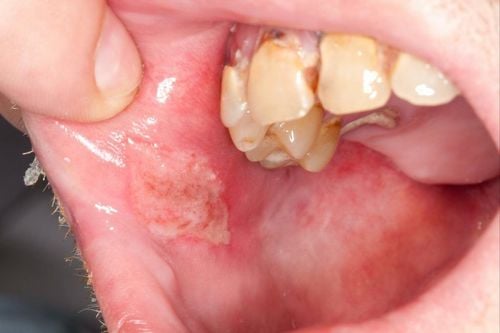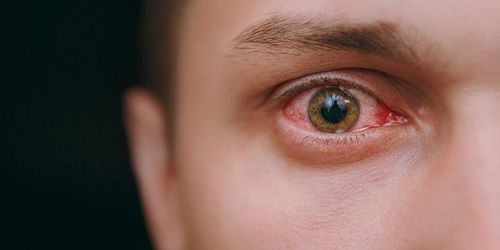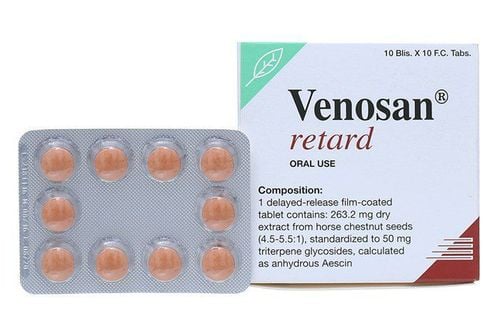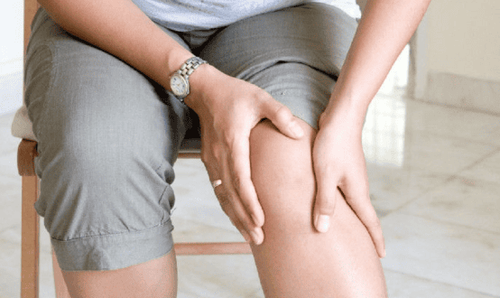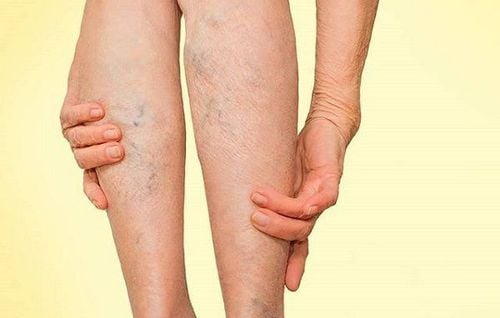This is an automatically translated article.
Thrombophlebitis is an inflammation of a vein with the formation of a blood clot. Thrombosis is the main cause of dangerous complications in this disease.1. What is thrombophlebitis?
The venous system is responsible for bringing blood after oxygen exchange from organs to the heart. There are three types of veins: superficial veins located near the skin, deep veins, and perforating veins that carry blood from the superficial veins to the deep veins. The veins have one-way valves that allow blood to move in a certain direction. Thrombophlebitis, also known as phlebitis, is a condition in which veins become inflamed and form blood clots. Thrombophlebitis can occur in any vein but usually occurs in small and medium veins; can occur in many other vessels including the upper and lower extremities, but the disease is more common in the lower extremities than in other locations.Thrombophlebitis can occur with superficial or deep vein inflammation:
Superficial thrombophlebitis occurs in small veins near the surface of the skin, often causing less embolic complications. Deep Thrombophlebitis: Often due to thrombus formation in large veins, the risk of thromboembolic complications is very high. When the thrombus ruptures and causes a very high pulmonary embolism. The disease is common in the lower extremities but can also occur in the upper extremities, portal vein, splenic vein...
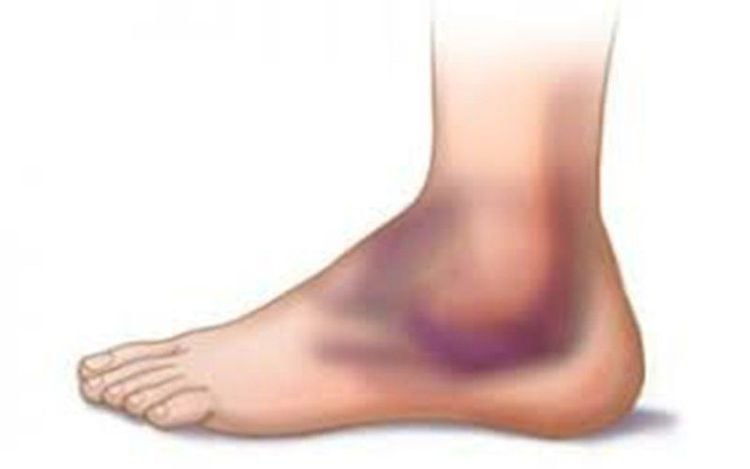
Viêm tĩnh mạch huyết khối là tình trạng viêm tĩnh mạch có sự hình thành huyết khối
2. Causes of thrombophlebitis
Some causes and factors causing thrombophlebitis include:Inactivity or immobilization: Hospitalization requires prolonged treatment of lying down, motor paralysis, inactivity or sitting for a long time. After major surgery, common after an injury: Increased estrogen levels: Due to oral contraceptive use, pregnancy (including 6 months postpartum), hormone replacement therapy. Medical diseases : Cancer , heart failure , immune disorders ( lupus , rheumatoid arthritis ), nephrotic syndrome Other risk factors include:
Pre-existing blood clots Coagulation disorders Blood Overweight, obesity Older age: People over 60 have a high risk of disease. Smoking: This is a common risk factor, smoking causes damage to the vessel walls and increases the risk of blood clots and varicose veins.

Tình trạng thừa cân, béo phì cũng là một trong những yếu tố nguy cơ gây viêm tĩnh mạch huyết khối
3. Recognizing signs of thrombophlebitis
Common symptoms of the disease include:At the site of inflammation, skin color changes, cold extremities, numbness or burning sensation. Then the skin becomes red, swollen or hot, and you can see the difference between the affected and healthy limbs. Pain: Superficial thrombophlebitis causes stiffness, tightness, and pain in the leg or arm area. Pain can be continuous or painful when walking, the level of pain depends on the case, sometimes it is very painful. Dilated superficial veins may be seen. Can see ulceration and necrosis due to lack of blood supply. The patient may have a fever along with the above symptoms. Manifestations when there are complications include: Difficulty breathing for no apparent reason, coughing a lot, sometimes coughing up blood, chest pain... are manifestations when deep vein thrombosis causes pulmonary embolism complications. When you have these symptoms, you need to go to the hospital immediately for timely treatment.
4. Complications of thrombophlebitis
Usually phlebitis is benign, but complications are caused mainly by thrombus formation. Complications are more common in people with deep thrombophlebitis.Possible complications include:
The most dangerous complication is the formation of a blood clot that causes a pulmonary embolism: Venous thrombosis follows the venous blood flow to the right atrium, then into the right ventricle , then the right ventricle squeezes the clot to the lungs, because here the blood vessels in the lungs are small, so the clot cannot move, causing pulmonary embolism. If left untreated, the risk of death is very high. Causes skin ulceration and necrosis of the area below the site of the vein thrombosis. Complications of chronic pain, causing prolonged limb edema.
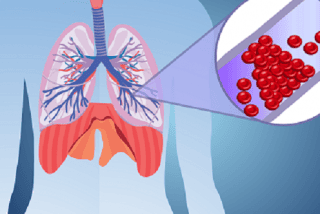
Biến chứng nguy hiểm nhất sự hình thành cục máu đông gây ra thuyên tắc phổi
5. How to prevent thrombophlebitis
Thrombophlebitis has many influencing factors, we can completely limit some factors. Contributing to reducing the risk of blood clots:Stop smoking: Smoking is believed to be an important and modifiable factor. Maintain a healthy weight, lose weight if overweight or obese. Exercise regularly, especially in people who have to sit for long periods of time or travel by plane for long periods of time. In addition, regular exercise also helps maintain a reasonable weight. Women on hormone replacement therapy should be monitored periodically by medical professionals. Thrombophlebitis is a disease that can cause dangerous complications. However, we can prevent it in many ways. If you see any suspicious symptoms, you should go to medical facilities for early examination and treatment to avoid dangerous complications.
If you have a need for consultation and examination at Vinmec Hospitals under the national health system, please book an appointment on the website for service.
Please dial HOTLINE for more information or register for an appointment HERE. Download MyVinmec app to make appointments faster and to manage your bookings easily.




